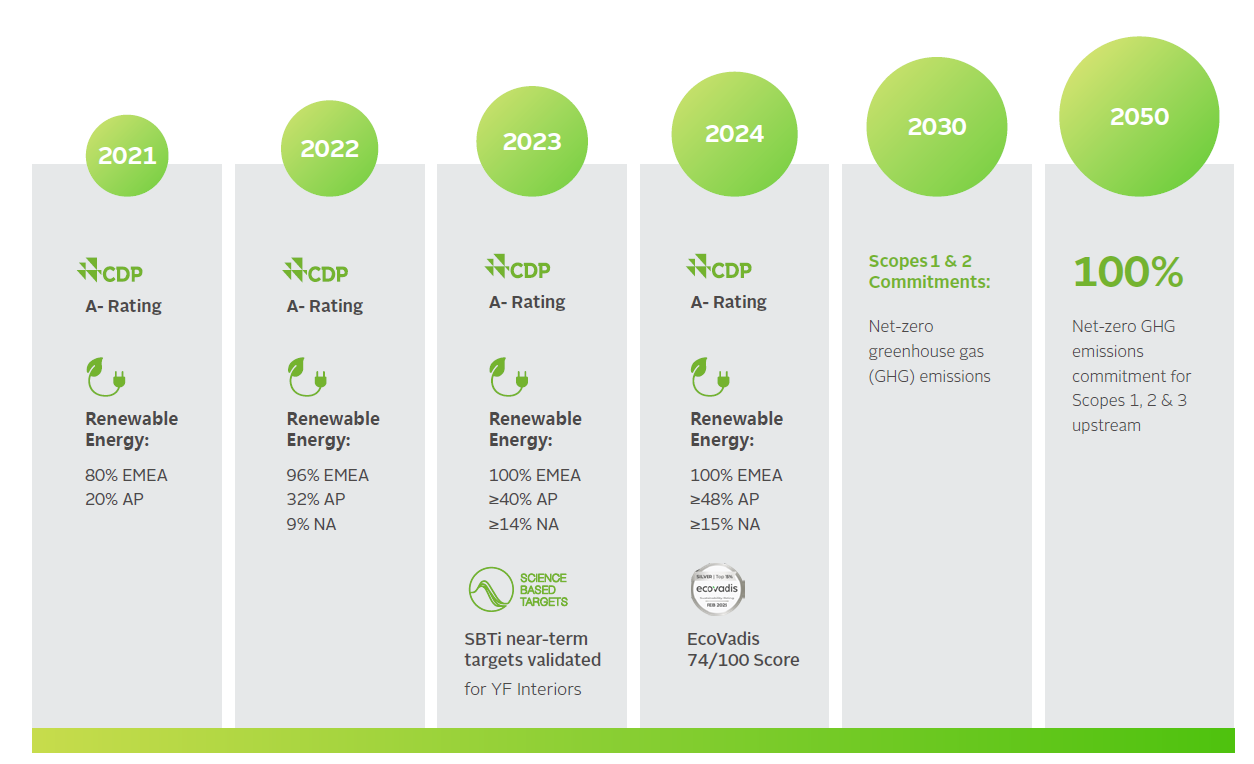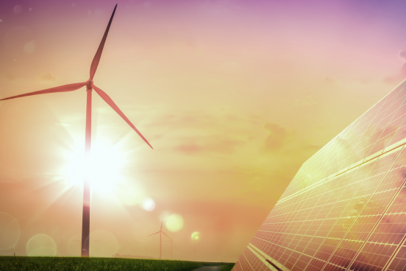Roadmap to Net-Zero Emissons
Many sectors, and the automotive industry in particular, are facing major challenges with a transition to a low-carbon economy. As a global supplier, Yanfeng must be able to quickly adapt to technological changes and tightening environmental regulations to maintain its current market leadership position. In order to meet market demands and improve our resilience, Yanfeng has embedded sustainability as one of the main pillars of the company’s global strategy with a dedicated Sustainability Roadmap that includes short and long-term goals.


The latest climate science sends a clear warning that we must dramatically curb temperature rise to avoid the immense impacts of climate change. Science also shows that companies must act quickly and reduce their GHG emissions as the main influencing factor to prevent climate change’s worst effects.
To support this goal, in 2019 Yanfeng launched its carbon reduction strategy with a target of achieving net-zero emissions by 2030 for Scopes 1, 2 and for Scope 3 upstream by 2050.
Through our endorsement of the UN Global Compact, we are committed to keeping our stakeholders informed of our actions and continuous progress, not only on environmental but on social and governance aspects as well.
Our Approaches to Net-Zero Emissions

Corporate Carbon Footprint
One key element for better understanding and monitoring a company’s impact on climate change is to create a corporate level GHG emissions inventory in the form of a corporate carbon footprint. We have thus been calculating our corporate carbon footprint, including Scopes 1, 2, and 3 upstream emissions, yearly on a global scale since 2020.

Product Carbon Footprint
The product carbon footprint is determined mainly through product design and covers the complete product life cycle. To measure the improvements, we used tools that meet industry standards and are accepted by our customers. The main tool used for calculation is iPoint. This system is capable of creating highly professional reports, comparing different product concepts, and assessing not only carbon footprint but other environmental impacts of our products.

Renewable Energy
Renewable energy sources such as solar, wind, and hydro power can reduce the carbon footprint, save money on energy costs, and promote a sustainable future. Committed to contributing to a more sustainable future, Yanfeng has established a comprehensive energy strategy of decarbonizing via three key methods:
• green energy purchasing
• rooftop solar projects
• carbon offset opportunities

Circular Economy
We are committed to a sustainable product lifecycle. This includes a sustainable product design, the development of lightweight or ecofriendly materials and the use of recycled materials, optimization of logistics and manufacturing processes, and responsible end-of-life disposal. At Yanfeng, we have various approaches to support the goal of mitigating the impact of climate change and optimizing resource use.



 LinkedIn
LinkedIn
 Instagram
Instagram
 YouTube
YouTube